
Can I Get a Blood Clot While Flying?
Are you taking a long plane ride soon? Keep these five tips in mind to prevent a blood clot while flying:
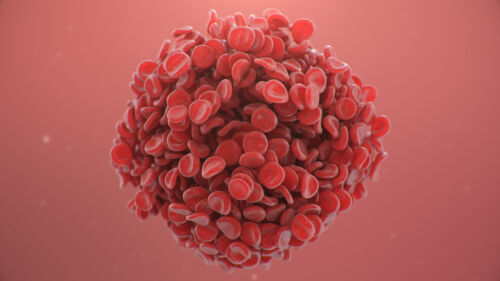
Is May-Thurner Syndrome Hereditary?
May-Thurner syndrome is a rare vascular disorder that can put you at risk for a blood clot, but research shows that it is not hereditary.

If Athletes Are In Great Shape, Why Are They At Risk of Blood Clots?
Exercise is excellent for your vein health. But even if you work out regularly, you may still see those twisting, bulging veins on your legs, a condition that puts you at higher risk for blood clots.

Can I Feel a Clot in My Leg?
Is it a clot? Blood clots in the leg or deep vein thrombosis (DVT) come with these symptoms:

Does Chemo Cause Varicose Veins?
Chemotherapy may raise your risk of blood clots, but it won’t lead to varicose veins. Learn more.

Are Varicose Veins a Sign of Blood Clots Forming?
Varicose veins cause pain and swelling and can increase your risk of developing a blood clot in the leg. But you can prevent a potentially dangerous blood clot by treating your vein disease.

Athletes: Beware of these Risk Factors for Clots!
Blood clots can develop due to a clotting disorder, congenital abnormality, and varicose veins. However, athletes stand a greater chance of developing blood clots

How to Spot the Warning Signs of a Pulmonary Embolism
Are you having trouble breathing? Chest pain? It could be a pulmonary embolism. Learn the warning signs of PE so you can get early treatment.
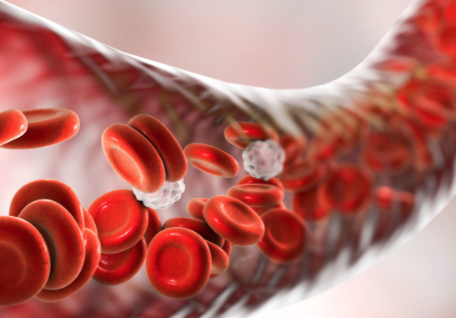 About Vein Disease
About Vein Disease
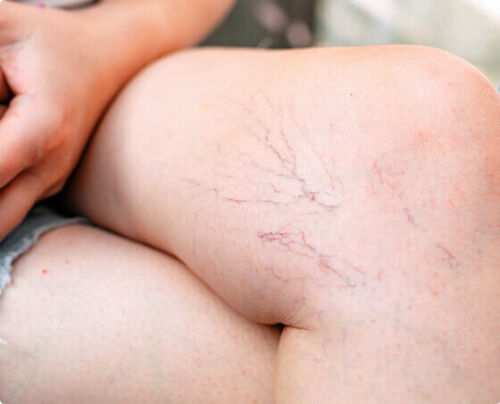 Spider Veins
Spider Veins
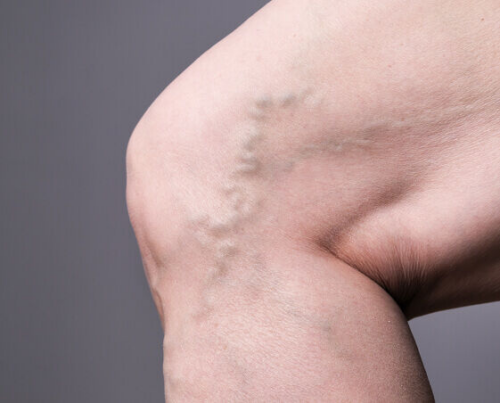 Varicose Veins
Varicose Veins
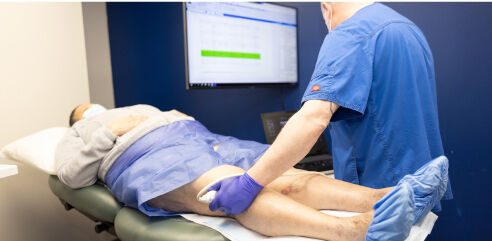 Vein Disease Treatments
Vein Disease Treatments
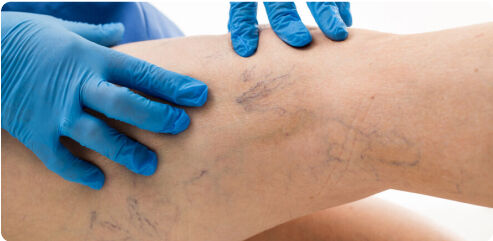 Treating Spider Veins
Treating Spider Veins
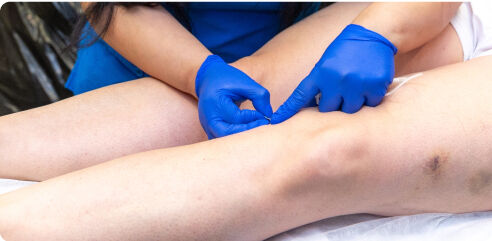 Treating Varicose Veins
Treating Varicose Veins
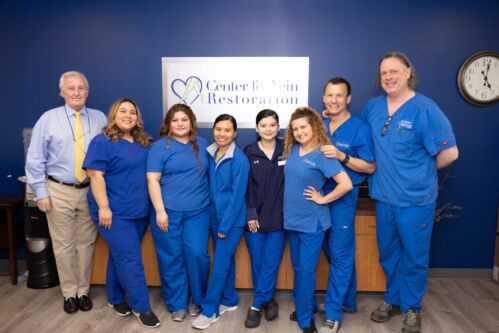 About Us
About Us
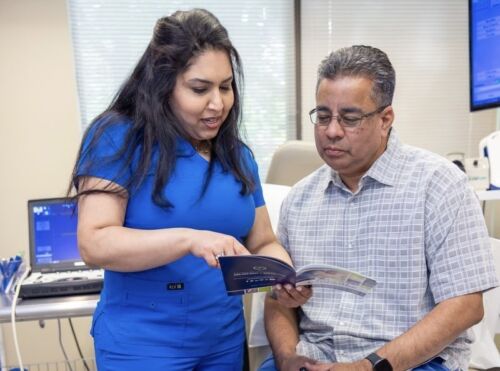 Patient Resources
Patient Resources
 Physician Resources
Physician Resources

